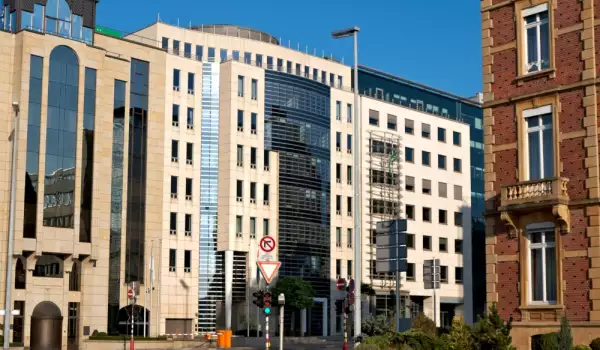Luxembourg

Along with the Vatican, Monaco, Andorra and San Marino, Luxembourg is among the smallest countries in Europe and the world as a whole. Luxembourg is intercontinental in the north-west Europe country, which borders Belgium to the north, Germany to the west and east and to the south is France. Capital of the Grand Duchy of Luxembourg is the town that is located in the central southern part of the constitutional monarchy headed by the Grand Duke Henri.
At 51.24 sq km, the city of Luxembourg has about 100, 000 inhabitants. The population percentage is about 41, 58% for the city and the remaining 58 42 percent respectively accounts for Portuguese, Frenchmen, Belgians, Italians, Germans, Britons, Spaniards, having even Swedes and Yugoslavs. The capital of Luxembourg stands at about 188 km from Brussels, 289 km from Paris and 190 km from Cologne. The French city of Metz and the German Trier are located on both sides of Luxembourg, about 40 km away.
For the first time, it was mentioned in historical documents in 963. Only in 1244 Luxembourg acquires the status of city. From the middle Ages, in the city remain unique architectural monuments in Romanesque, Gothic, Renaissance and Baroque styles. Along with the great heritage of Luxembourg is a modern and developed financial center.

Luxembourg is one of the richest cities in the world, specializing in banking and administrative work. The city is home to several institutions of the European Union, including the European Court, European Court of Auditors and European Investment Bank. Luxembourg is one of six founding countries of the European Union. In 1999, it joined the European Monetary Union.
In Luxembourg on June 29, 1886 was born Robert Schuman - French politician, foreign minister of France in the period 1948-1952, one of the fathers of the idea of European unification. It probably is why today in the capital are situated so many European institutions.
Often called "Little Switzerland", it is probably because of the scenery and the inspiring ancient architecture. In the capital of Luxembourg merge the rivers Alzet and Petrus, who split into two parts - Upper and Lower Luxembourg. Both parts of the rich city are connected by bridges Adolf Bridge and Grand Duchess Charlotte Bridge.

One of the symbols of Luxembourg is precisely Adolphe Bridge which was built between 1900 - 1903 by a Frenchman and a Luxembourg local. Like the Walnut Lane Bridge in Philadelphia, USA. In fact in the whole city has 111 bridges. Memories of the old Roman presence in these lands are many and today a UNESCO monument remains in the historic center of Luxembourg. The ancient ruins of the old city of Luxembourg, called the Millennium Monument are that monument.
In Upper Luxembourg, you can see many Gothic architectures of tall buildings and narrow towers. Here you can see the most important public buildings - Grand Ducal Palace, Parliament, the two-storey building in neoclassic style- City Hall, which rises in the central square Place Guillaume, and the Notre Dame Cathedral, built in Renaissance style with Baroque elements.
Luxembourg was the first city that was twice named European Capital of year - once in 1995 and 2007. The cultural face of the city goes into museums, concert hall of the National Philharmonic and the Conservatory. The Museum of Modern Art (Museum of Modern Art) is housed in a building with a modernist architecture, designed by the architect of the pyramid in the Louvre in Paris. It is located near historic Fort Thüngen.














